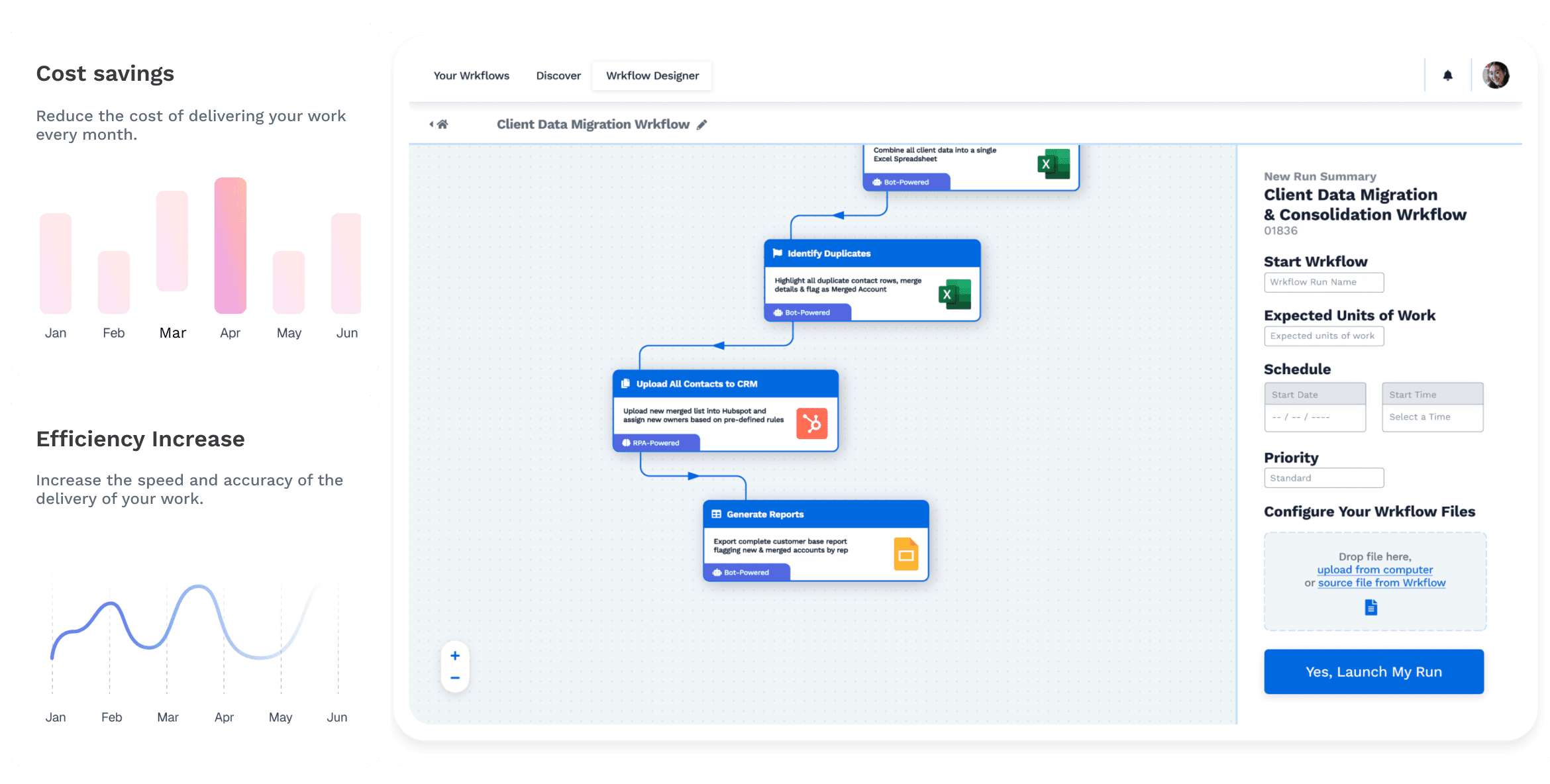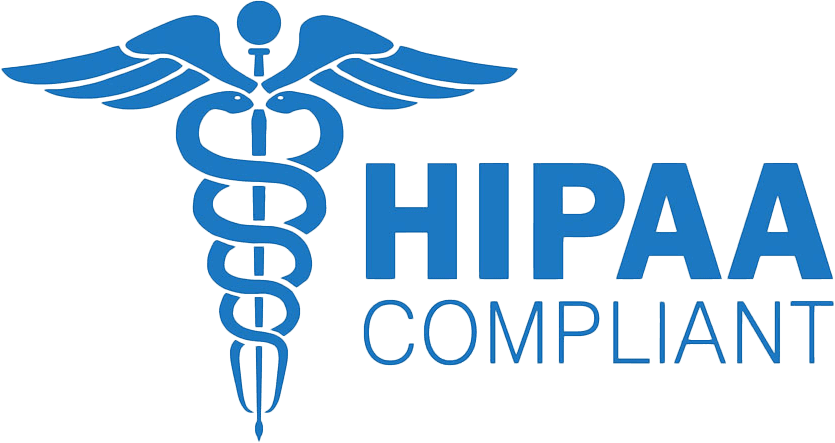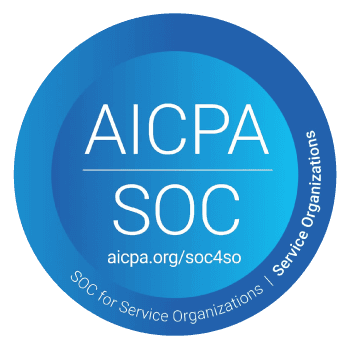Date de publication
2024-05-23
Introduction
Onboarding new employees is crucial in ensuring their success and integration into the company culture. A well-structured onboarding process can significantly impact employee engagement, retention, and productivity. At Wrk, we understand the importance of a seamless onboarding experience. This comprehensive onboarding checklist is designed to help you provide new employees with a smooth transition and set them up for success from day one.
Pre-Boarding: Setting the Stage for Success
Send a Welcome Email
Before the new employee's first day, send a welcome email that includes:
A warm welcome message
Start date and time
Dress code (if applicable)
Directions to the office or remote work setup instructions
Contact information for any questions
Prepare the Workstation
Ensure the new employee's workstation has the necessary equipment, such as a computer, phone, and other essential tools. Remote employees should ensure access to all required software and hardware.
Complete Necessary Paperwork
Send digital copies of all required paperwork, including:
Employment contract
Tax forms
Direct deposit forms
Employee handbook
Create an Onboarding Schedule
Develop a detailed onboarding schedule that outlines the following:
Orientation sessions
Training programs
Meetings with key team members
Initial tasks and projects
Day One: Making a Great First Impression
Welcome Meeting
Begin the day with a welcome meeting to:
Introduce the new employee to their team
Provide an overview of the company culture and values
Explain the agenda for the first day
Office Tour (or Virtual Tour)
Give the new employee a tour of the office, including:
Workstation
Break areas
Restrooms
Emergency exits
For remote employees, provide a virtual tour of the company's digital workspace, highlighting important tools and resources.
Introduction to Company Policies
Review key company policies, such as:
Code of conduct
Attendance and leave policies
Security and confidentiality guidelines
Health and safety procedures
Set Up Accounts and Access
Ensure the new employee has access to:
Email account
Company intranet or collaboration platform
Necessary software and tools
Any relevant internal systems or databases
Assign a Buddy or Mentor
Pair the new employee with a buddy or mentor who can:
Answer questions
Provide guidance and support
Help them navigate the company culture
Week One: Building a Strong Foundation
Initial Training Sessions
Organize training sessions to cover:
Company history and mission
Overview of products and services
Key processes and workflows
Role-specific training
Introduction to Key Team Members
Arrange meetings with:
Direct supervisor
Key team members
Cross-functional colleagues
Review Job Responsibilities and Expectations
Discuss the new employee's role in detail, including:
Job responsibilities
Performance expectations
Short-term and long-term goals
Set Up Regular Check-Ins
Schedule regular check-ins with the new employee to:
Provide feedback and support
Address any concerns or questions
Monitor progress and adjust onboarding plan as needed
Provide Access to Learning Resources
Share access to learning resources, such as:
Online courses and tutorials
Company documentation and knowledge base
Industry publications and resources
First Month: Ensuring Ongoing Support and Development
Assign Meaningful Projects
Give the new employee meaningful projects to work on, ensuring they:
Apply their skills and knowledge
Collaborate with team members
Contribute to team goals and objectives
Continue Training and Development
Provide ongoing training and development opportunities, such as:
Advanced training sessions
Professional development workshops
Cross-training with other departments
Conduct a First Month Review
Schedule a review at the end of the first month to:
Evaluate the new employee's performance
Provide constructive feedback
Discuss any challenges or areas for improvement
Set goals for the next few months
Encourage Networking and Social Integration
Promote networking and social integration by:
Encouraging participation in company events and activities
Organizing team-building activities
Facilitating introductions to colleagues in other departments
First Three Months: Ensuring Long-Term Success
Foster a Culture of Open Communication
Encourage open communication by:
Regularly checking in with the new employee
Creating an environment where they feel comfortable asking questions and sharing feedback
Addressing any issues or concerns promptly
Review and Adjust Onboarding Plan
Review the onboarding plan regularly and make adjustments as needed to:
Address any gaps or areas for improvement
Ensure the new employee's needs are being met
Keep the onboarding process aligned with company goals and objectives
Celebrate Milestones and Achievements
Celebrate milestones and achievements to:
Recognize the new employee's contributions
Boost morale and motivation
Reinforce a positive company culture
Product Marketing Focus: Enhancing the Onboarding Experience
Introduce Key Marketing Tools and Platforms
Ensure the new employee is familiar with essential marketing tools and platforms, such as:
Marketing automation software (e.g., HubSpot, Marketo)
Analytics and reporting tools (e.g., Google Analytics, Tableau)
Social media management platforms (e.g., Hootsuite, Buffer)
Provide Training on Product Messaging and Positioning
Offer training on product messaging and positioning to ensure the new employee can:
Articulate the value proposition effectively
Understand target customer personas
Communicate product benefits and features clearly
Share Successful Marketing Campaigns and Case Studies
Share examples of successful marketing campaigns and case studies to:
Provide inspiration and best practices
Demonstrate the company's marketing strategy in action
Highlight key metrics and outcomes
Encourage Collaboration with Sales and Product Teams
Facilitate collaboration with sales and product teams by:
Scheduling regular meetings and touchpoints
Encouraging knowledge sharing and open communication
Promoting a unified approach to product marketing and sales efforts
Conclusion
A well-structured onboarding process ensures new employees feel welcomed, supported, and equipped to succeed. Following this comprehensive onboarding checklist can create a positive onboarding experience that boosts employee engagement, productivity, and retention. Additionally, applying these principles to client onboarding can help build strong, lasting relationships and ensure client satisfaction. At Wrk, we are dedicated to providing the tools and support you need to streamline your onboarding processes and drive success for your team and clients. Sign up with Wrk today to learn more about how we can help you optimize your onboarding experience.
Start Automating with Wrk
Kickstart your automation journey with the Wrk all-in-one automation platform









